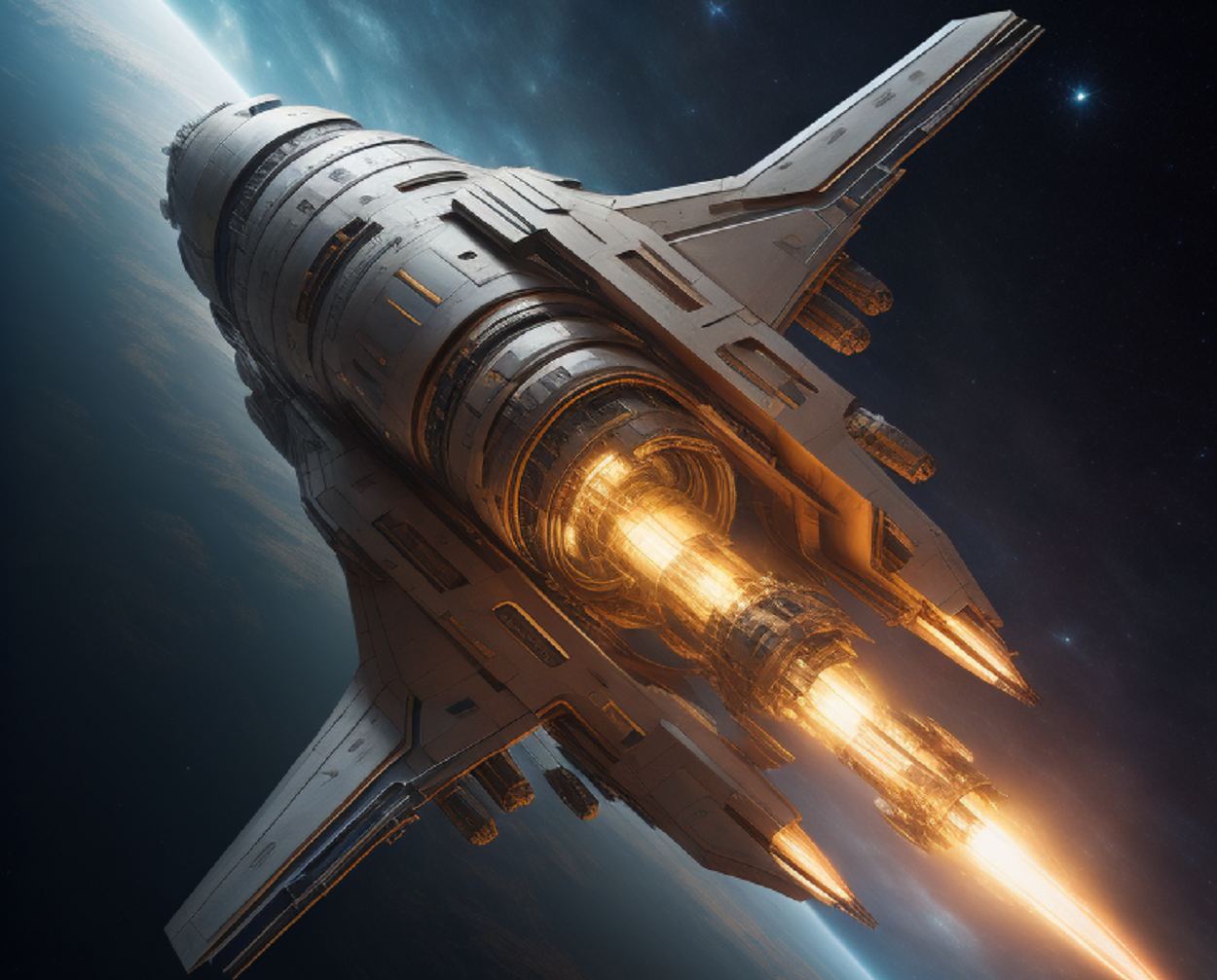
In a recent paper, Leiden Professor Florian Neukart describes a Magnetic Fusion Plasma Drive (MFPD) that could revolutionize space exploration.
Continue reading
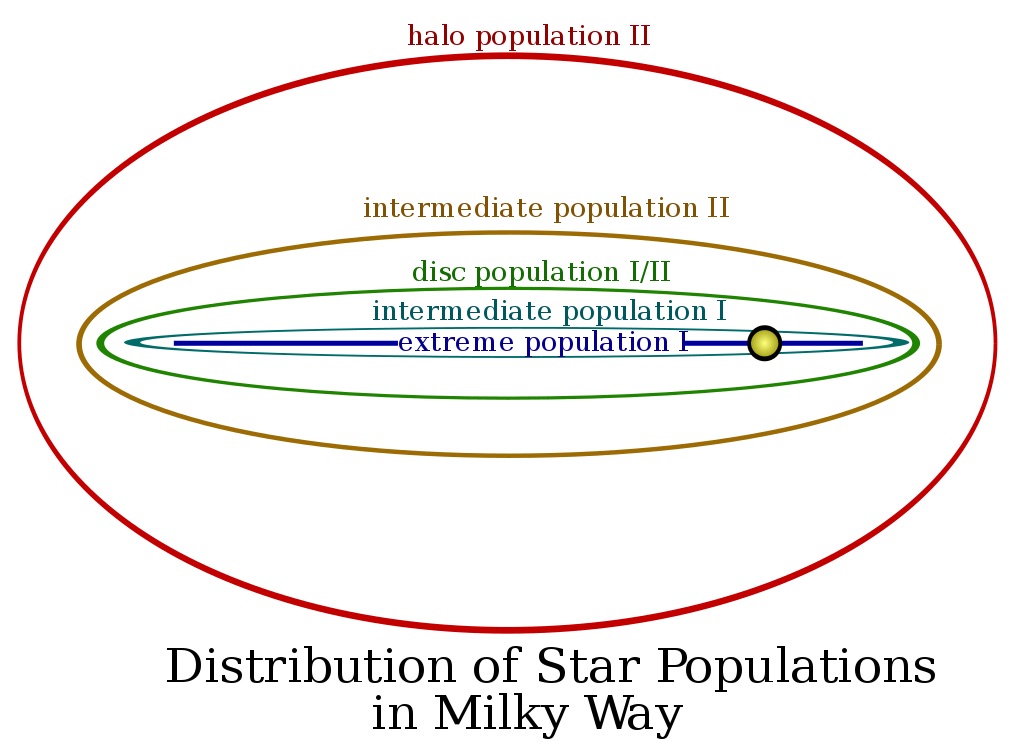
Solar panels are the perfect way to provide electricity for spacecraft operating near the Sun. Spacecraft as far out as Jupiter can still power their instruments with solar panels. But would these devices work at other stars? A new study looked at the light output of different types of stars and compared them to solar panels using the Sun. An interesting example is Proxima Centauri, which could be the first star we visit with an interstellar probe.
Continue reading
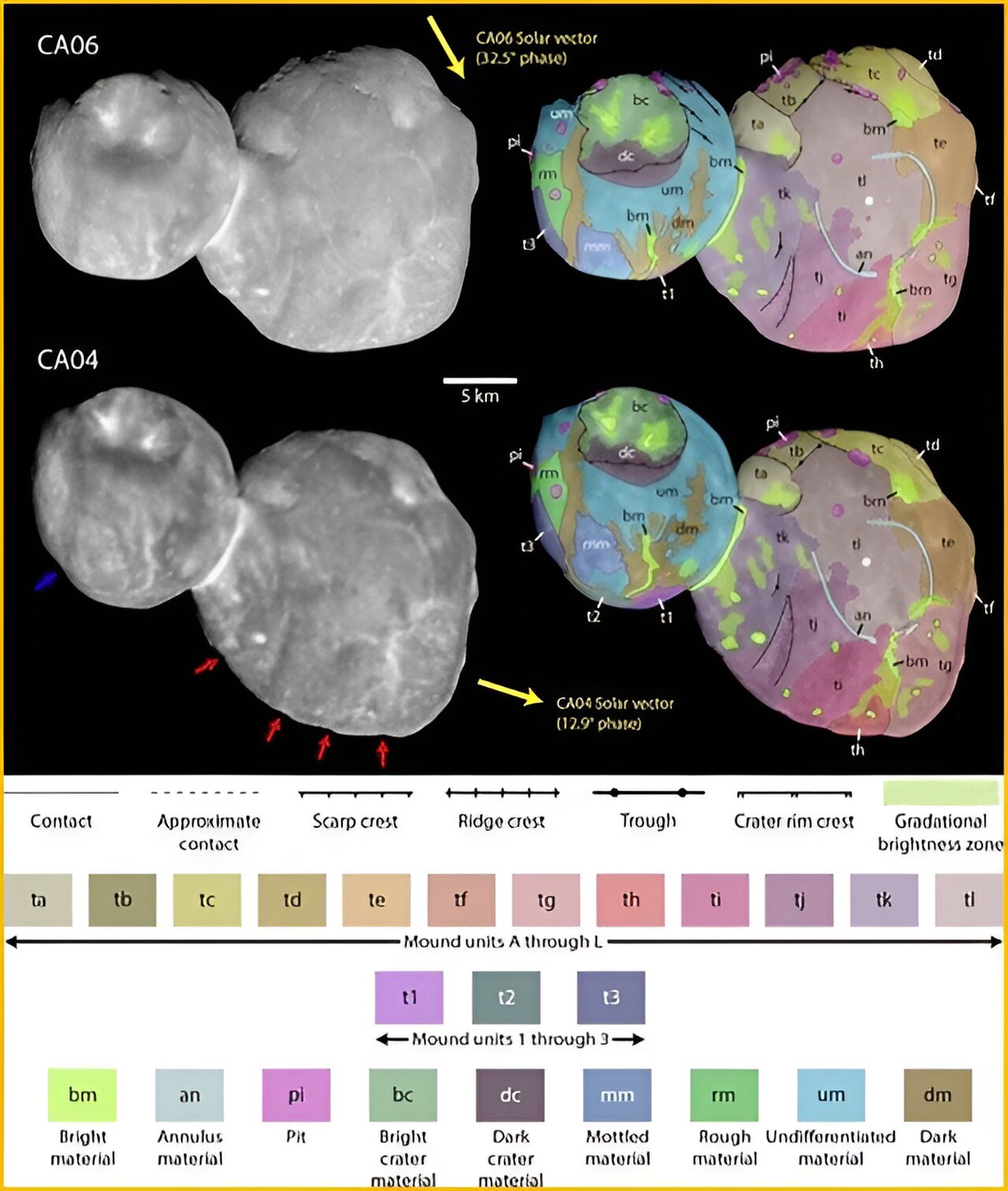
Continue reading
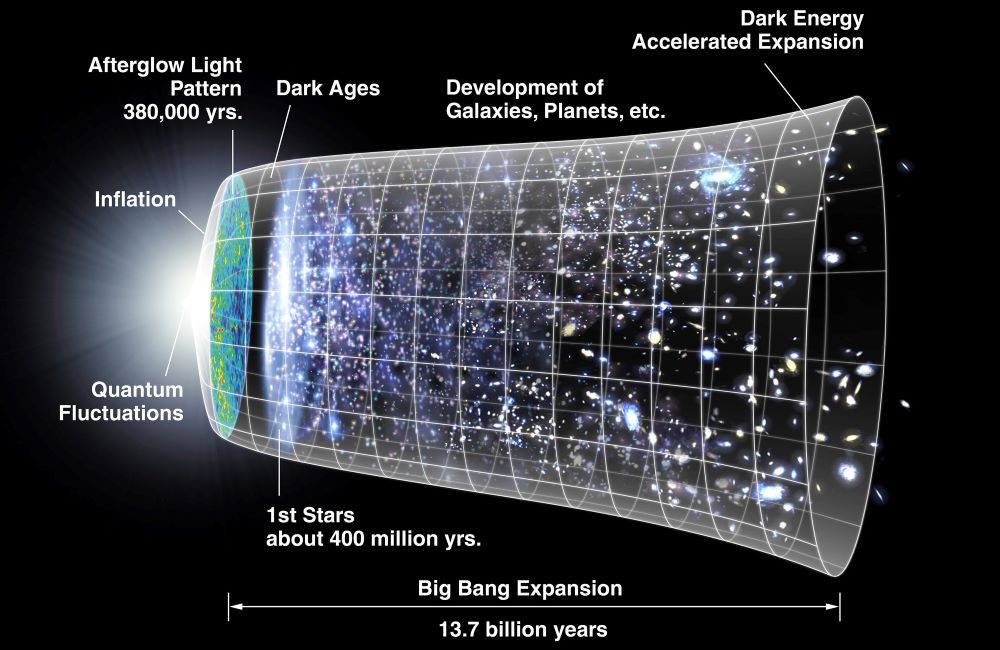
Continue reading
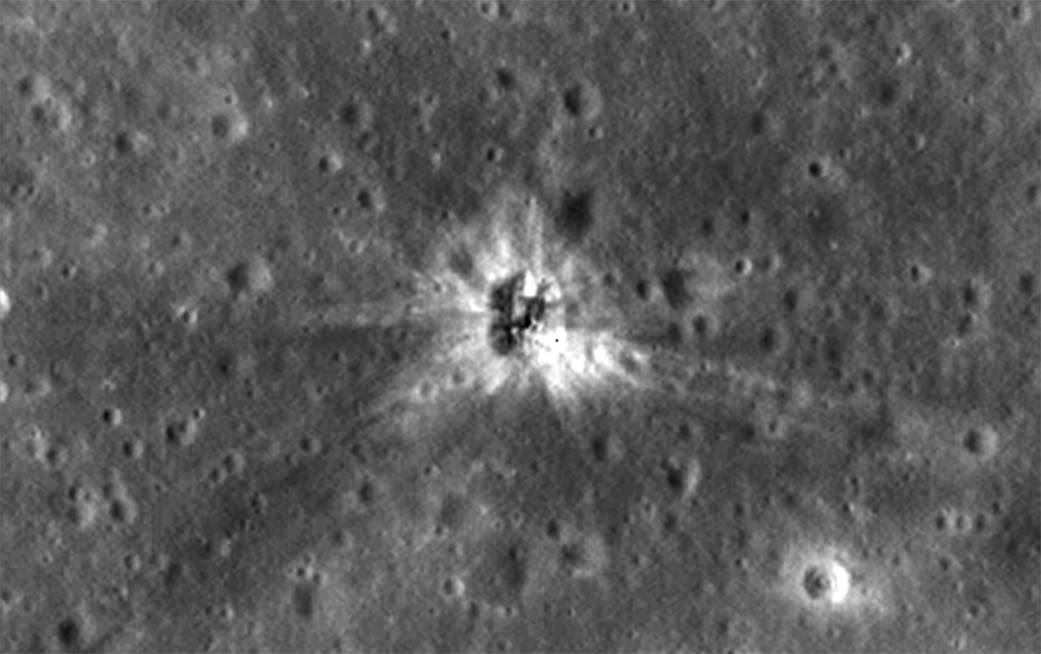
Researchers look to track and mitigate the growing number of space junk objects around the Moon.
Continue reading
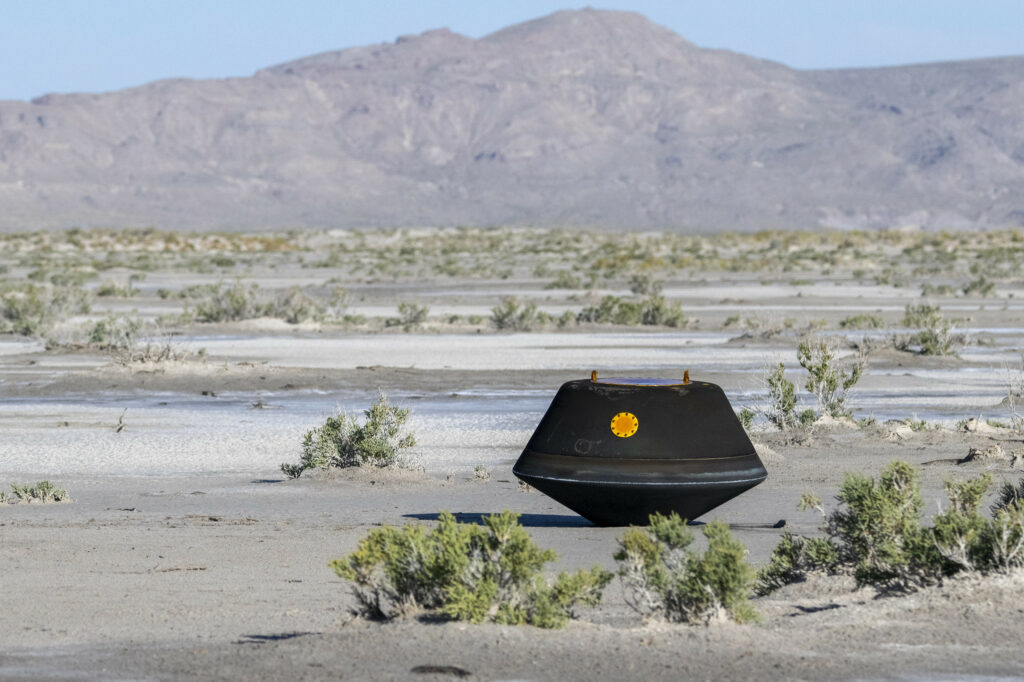
Continue reading
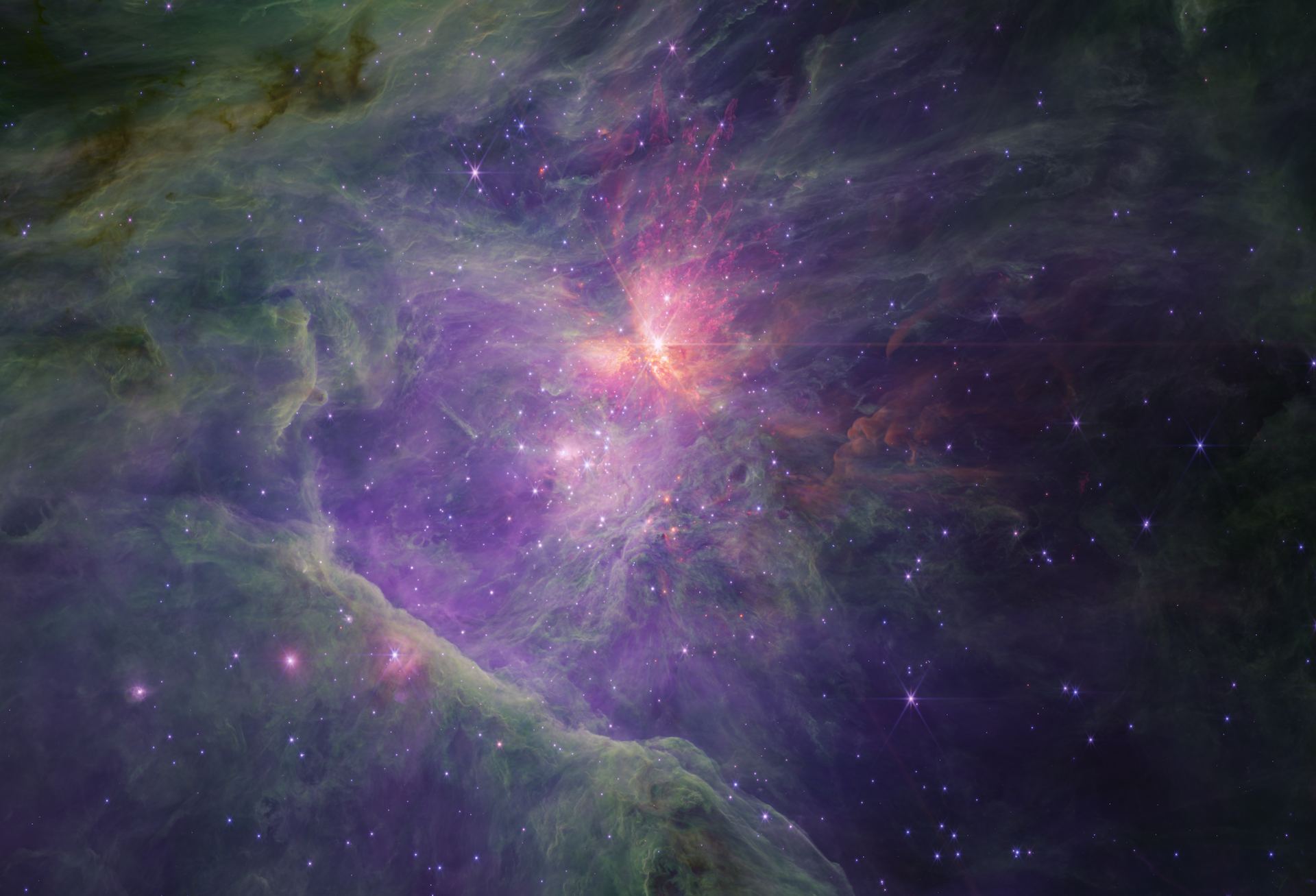
Continue reading
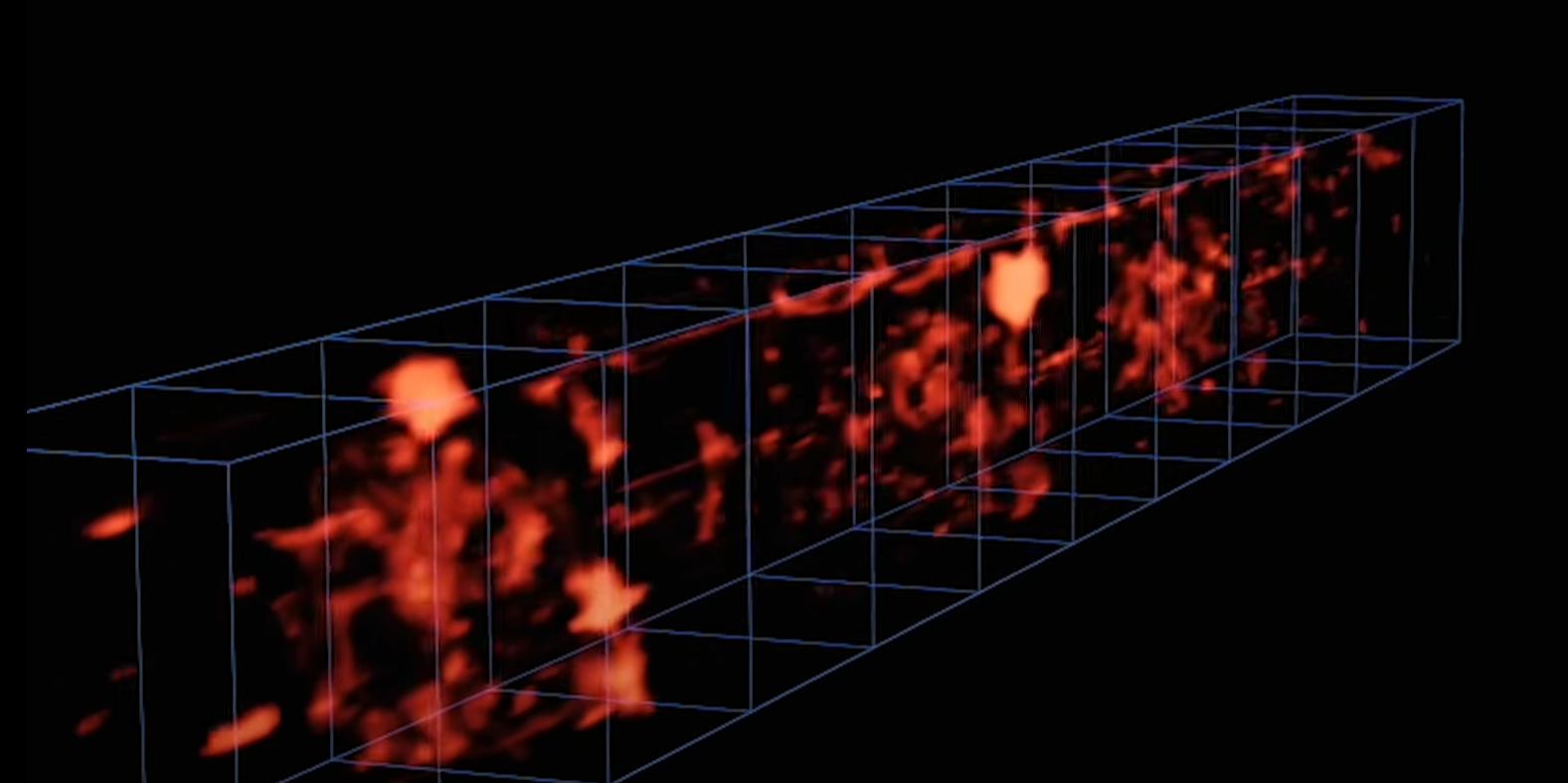
Continue reading
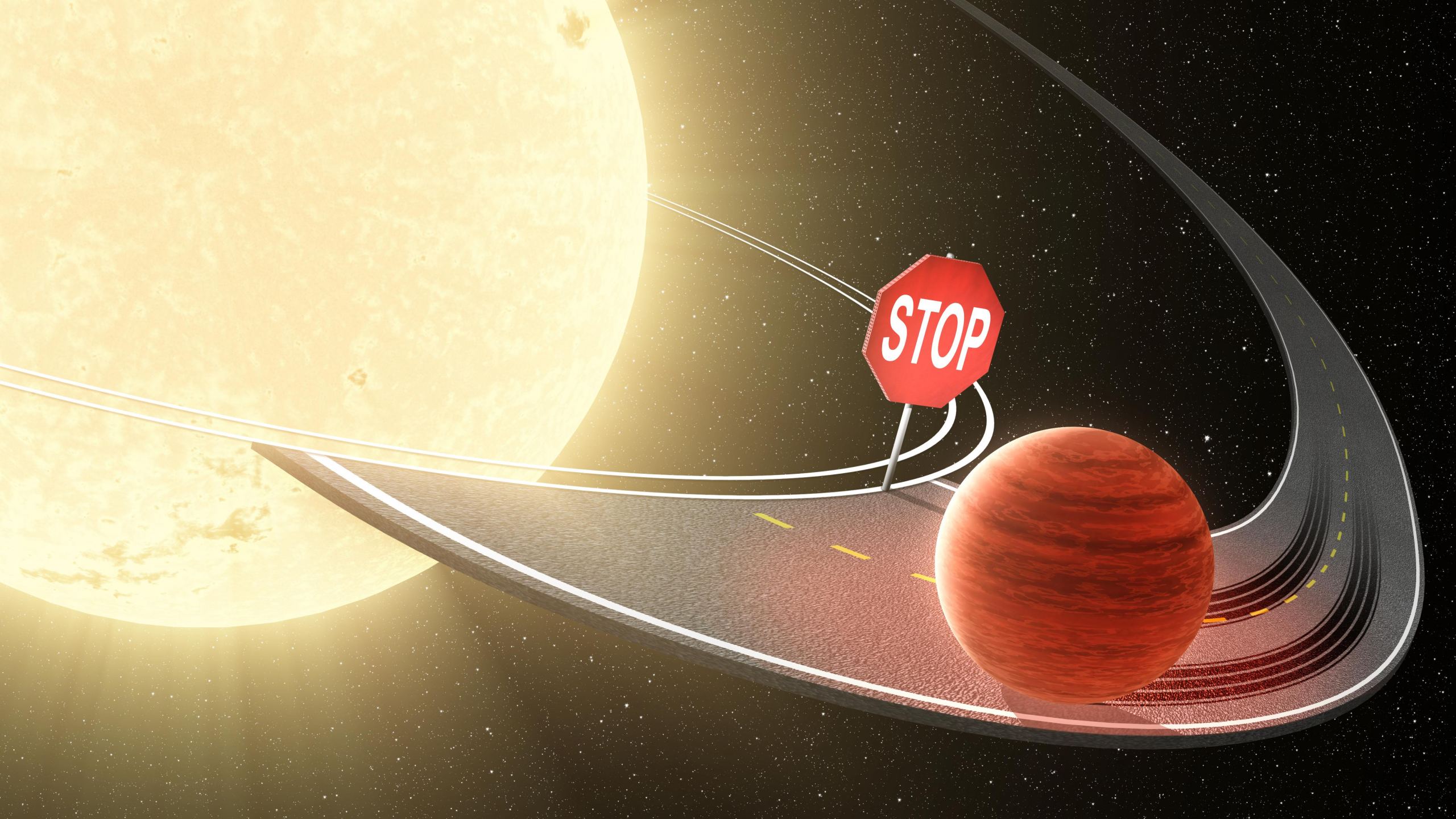
Hot jupiters are giant planets that orbit extremely close to their stars, completing an orbit in a few days or hours. We have nothing like them in the Solar System, but astronomers think they're present in roughly 1% of star systems. But all stars? According to a new study, hot jupiters are mainly a young star thing. They looked at all the hot jupiters discovered so far, compared them against the estimated age of the stars, and found that the young stars had hot jupiters. They suggest that orbital decay pulls hot jupiters closer and close until they're inevitably consumed, which is why we don't see them around old stars.
Continue reading
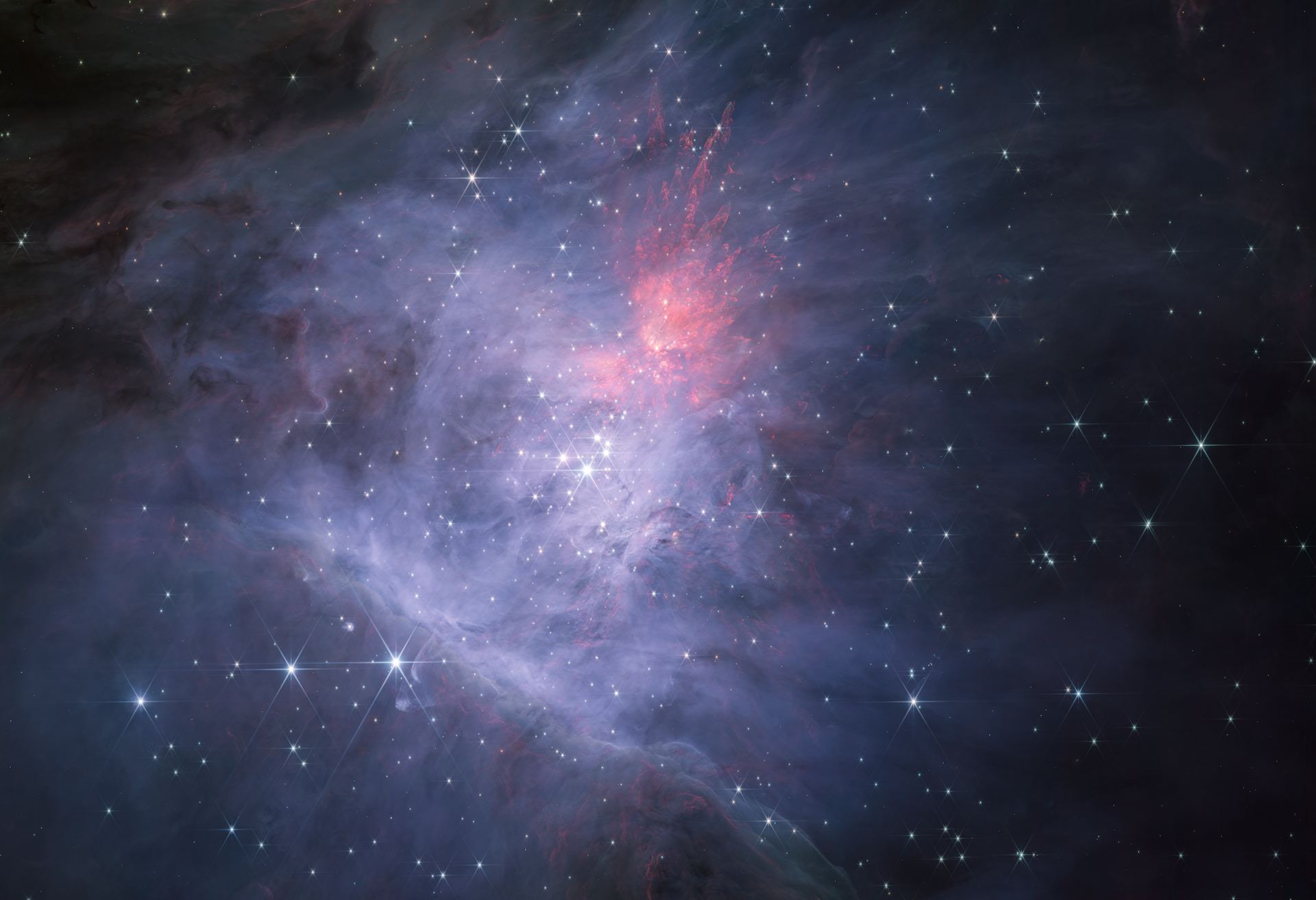
Continue reading

The Perseverance rover captured images of a dust devil on Mars, which were used to create this video.
Continue reading
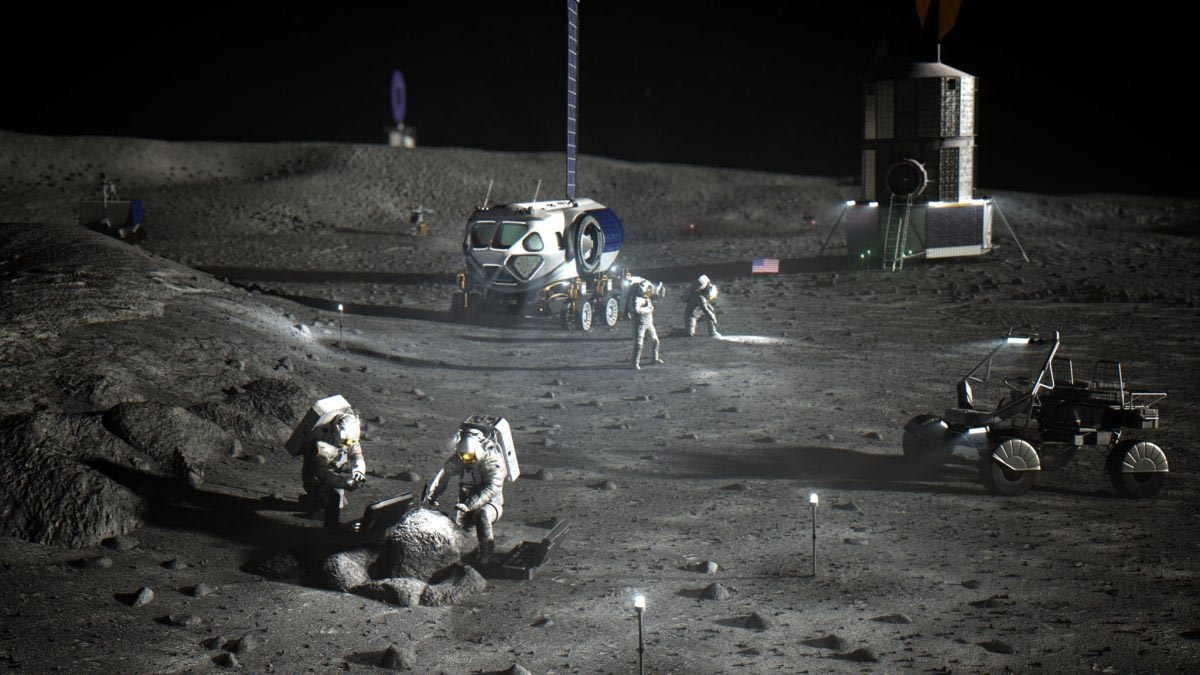
Continue reading
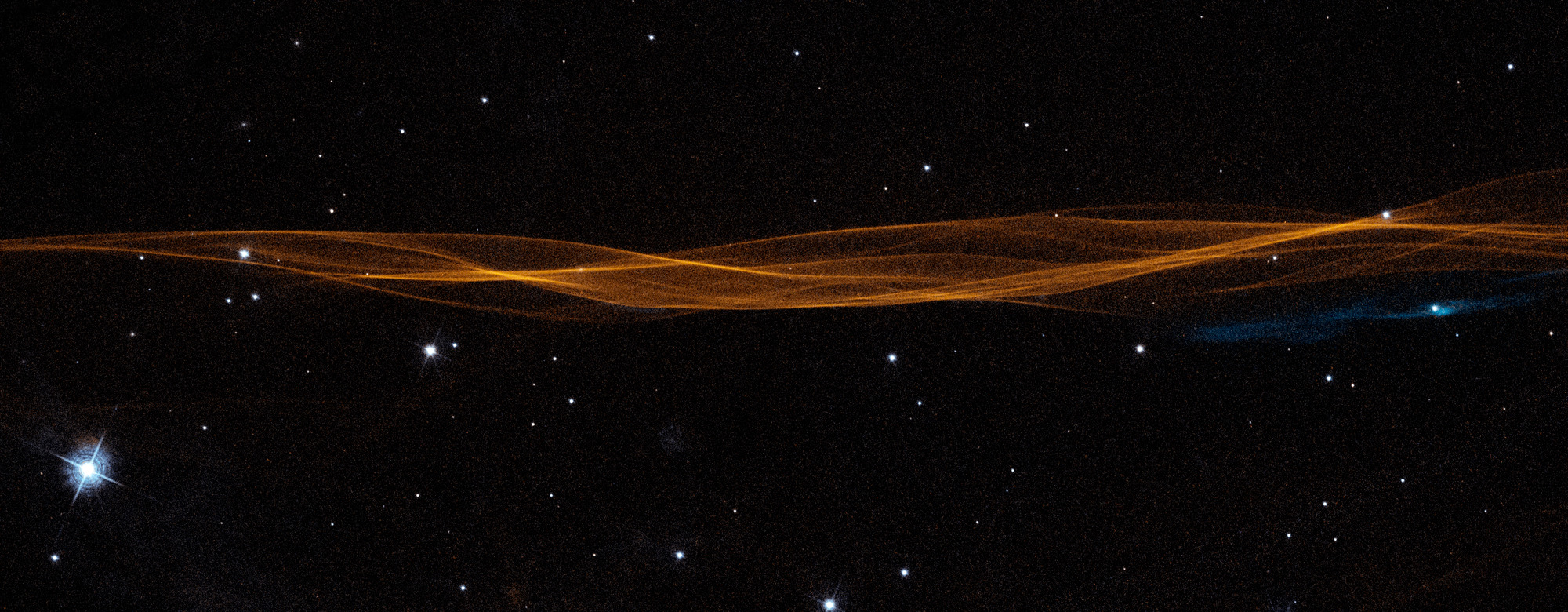
Continue reading
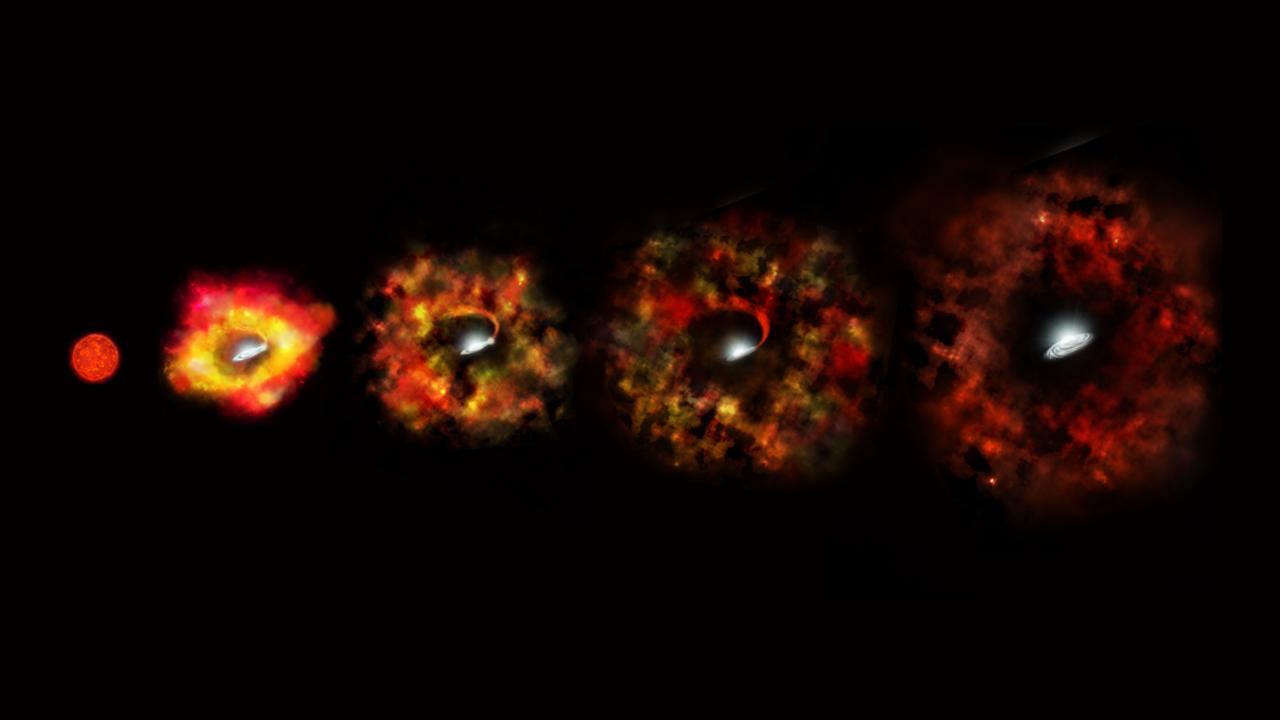
In 2009, astronomers watched a bizarre mystery unfold. An enormous star, with 25 times the mass of the Sun, faded away and disappeared. Although it had been long theorized, it's believed this was a type of failed supernova, where a giant star imploded into a black hole without a bright flash. Astronomers have turned the mighty JWST on the region and found a bright infrared source. Their observations match a stellar merger instead of a single star failed supernova, but there are still more questions than answers.
Continue reading
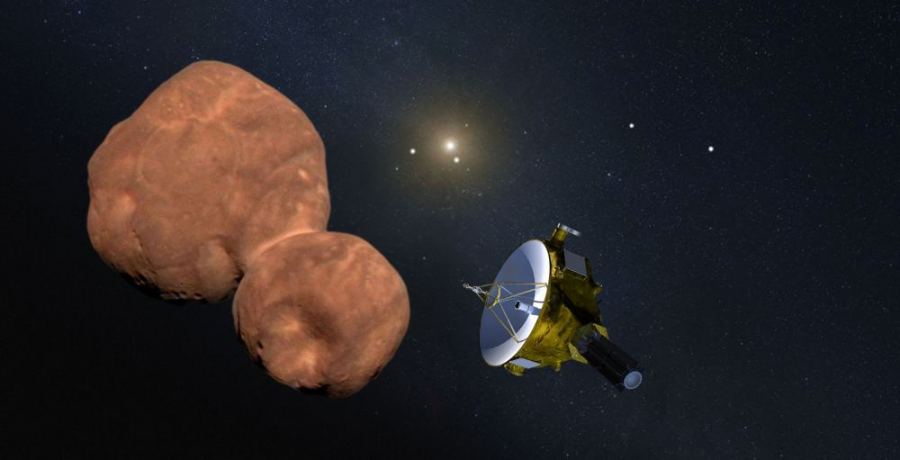
Continue reading
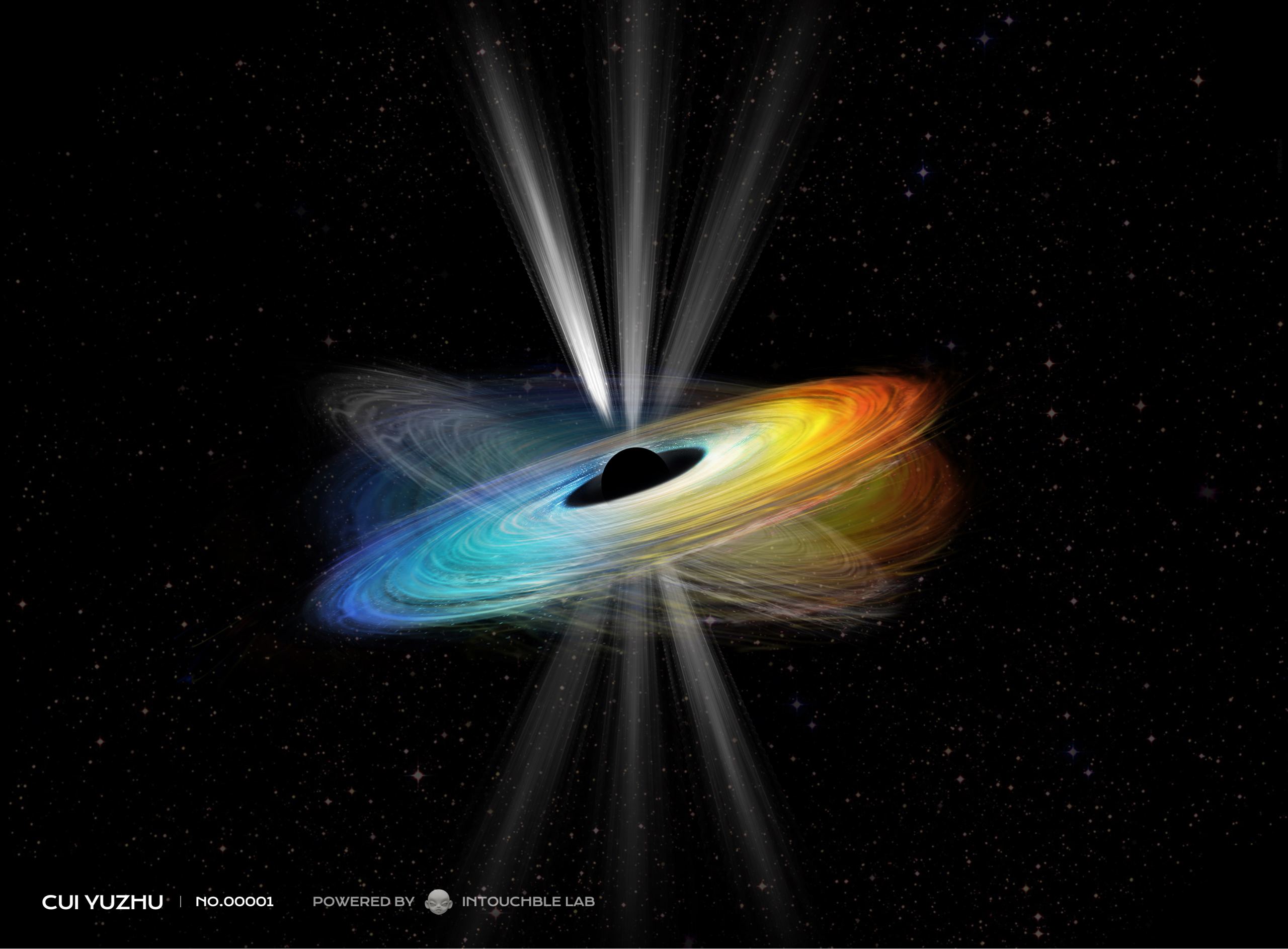
The supermassive black hole at the heart of M87 was the target of the Event Horizon Telescope, revealing the area around its event horizon for the first time. Although an accretion disk surrounded the black hole, astronomers weren't sure if the black hole itself was rotating. They imaged the region with radio telescopes and discovered the remnants of polar jets, showing that the black hole's rotation axis had undergone precession over time. This precession indicates that the black hole is rotating; they're just not sure how quickly yet.
Continue reading
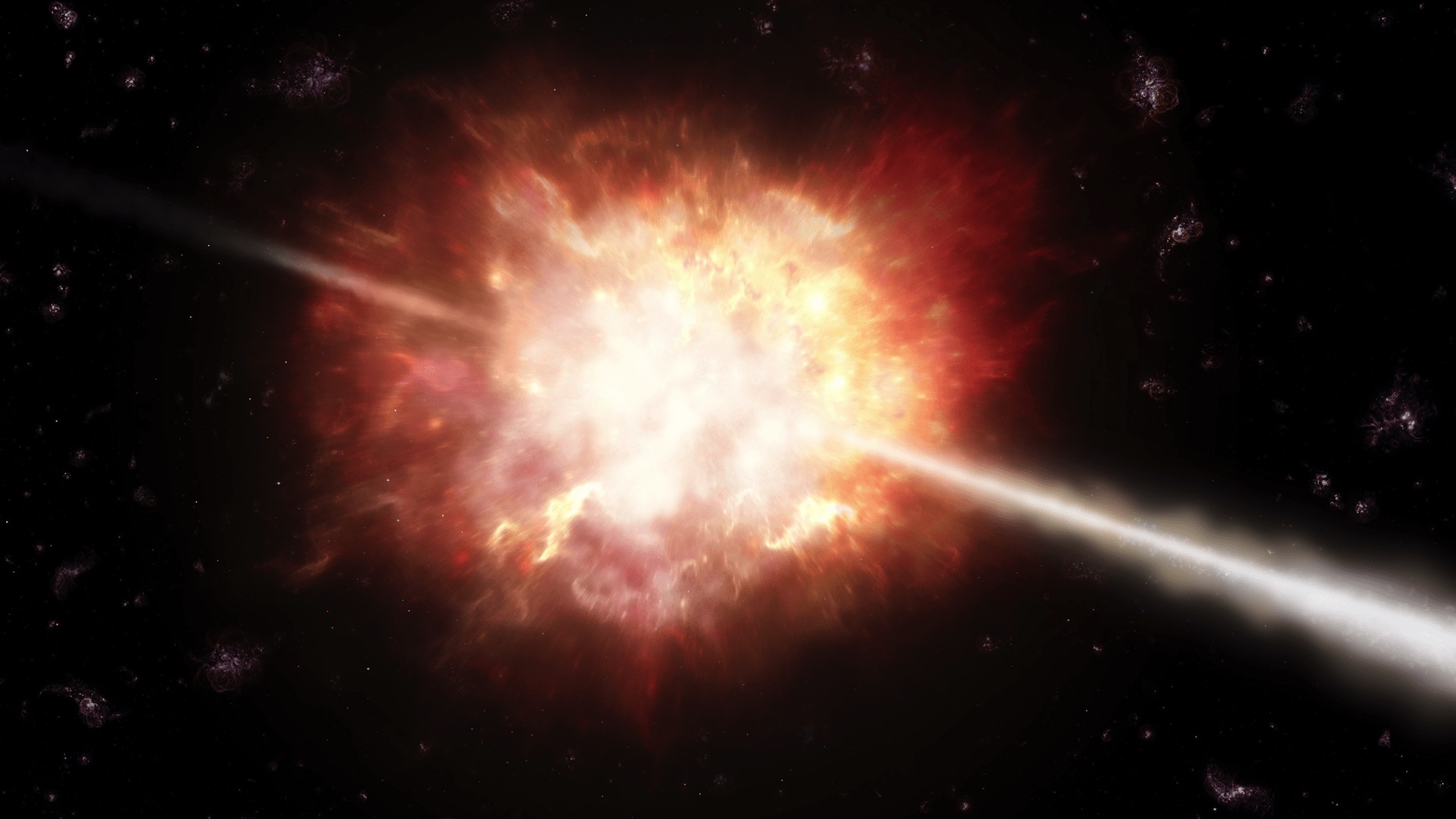
Continue reading
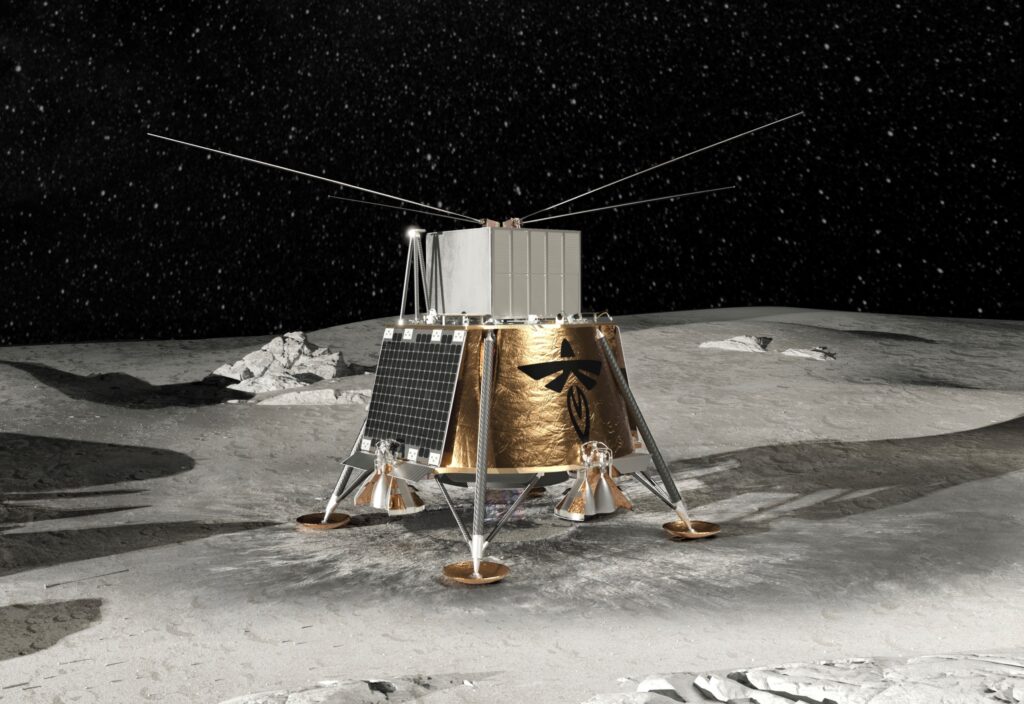
Technicians at Berkeley Lab are building an experiment that will conduct radio astronomy on the far side of the Moon starting in 2025!
Continue reading
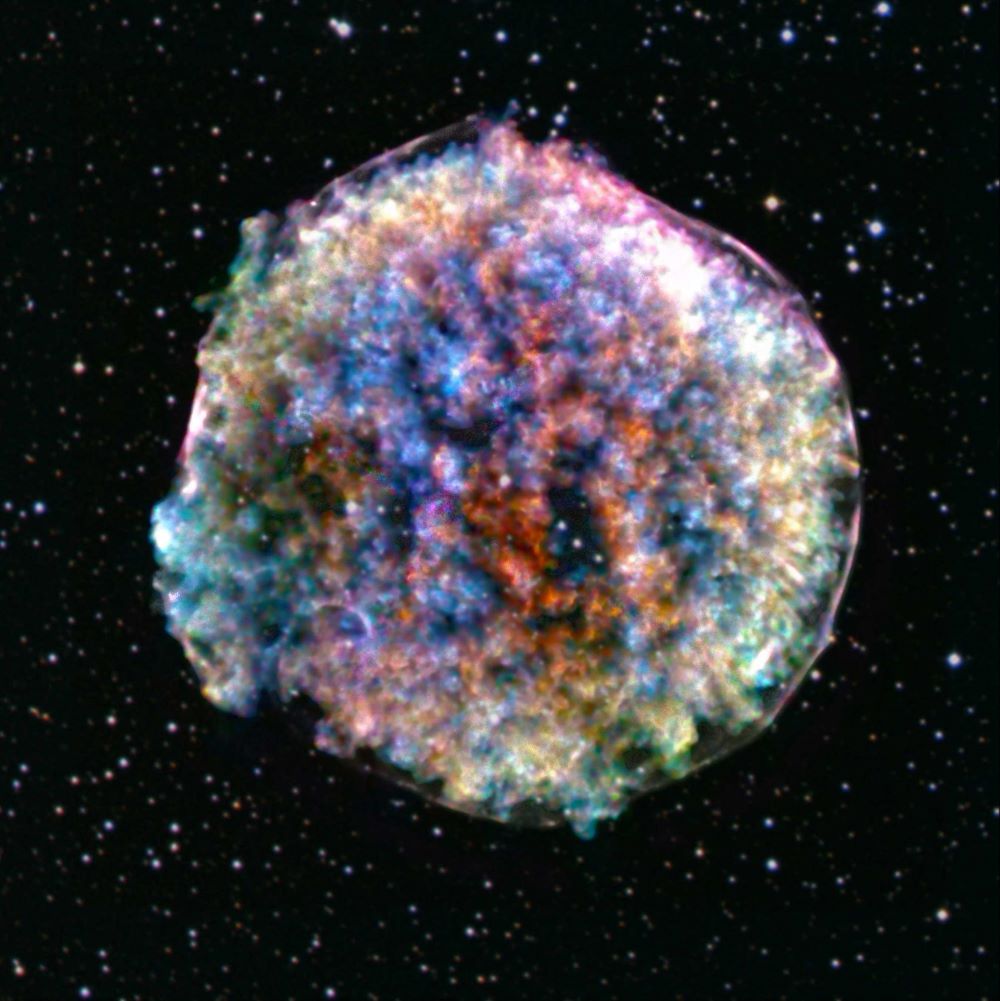
Continue reading
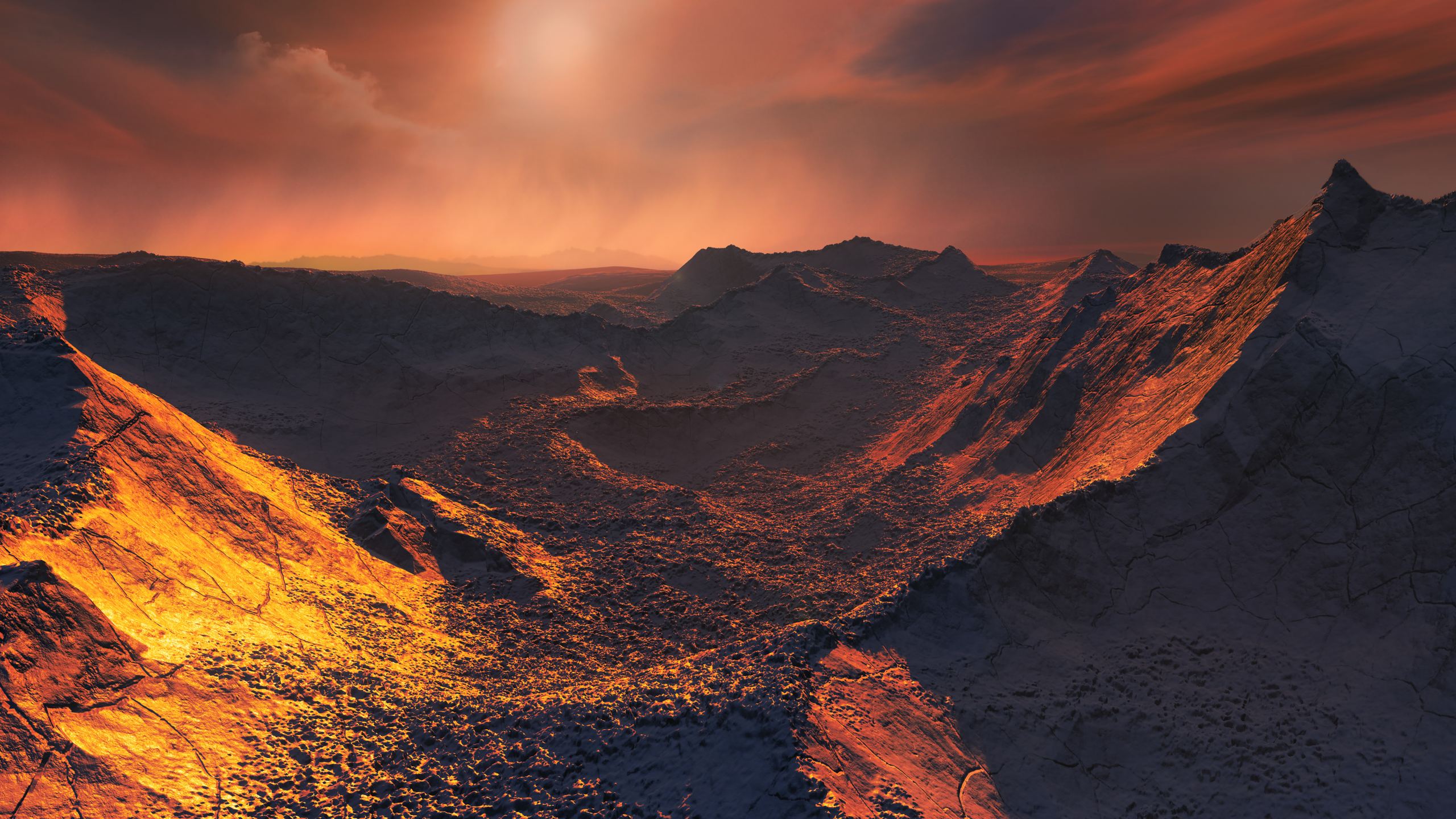
Barnard's Star is the second closest star system to Earth, at a distance of 5.96 light-years. It's another red dwarf system well positioned close to the celestial equator. Astronomers have observed Barnard's Star with the 500-meter FAST radio telescope, scanning for any signals from an advanced civilization.
Continue reading

 Universe Today
Universe Today


















